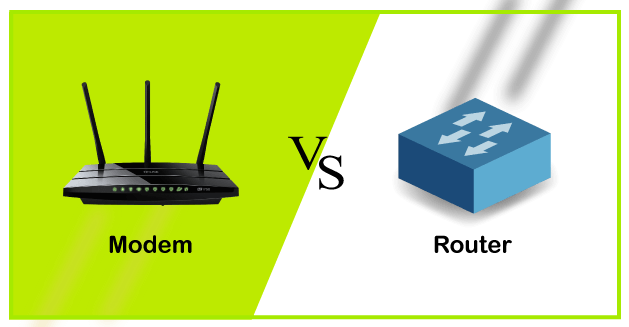
On the other hand, a router cannot by itself bring or enable internet access to computers in any location. A modem is responsible for bringing internet connectivity to a particular location. It then converts the digital signals to signals that a computer and other machines can understand. Specific companies such as AT&T, Xfinity, Verizon, etc., are tasked with providing connectivity, called internet service providers (ISPs).Ī modem is a device that connects a building – for example, an office floor, a restaurant, or a library – to an ISP. Both modems and routers have a role to play in internet connectivity. This translates to thousands of offices, buildings, homes, etc., where the internet is used. In the US alone, 307.2 million people, which translates to about 90.8% of the population, are internet users. Internet connectivity is a necessity that has become indispensable in the 21st century. The differences between modems and routers include: 1. By comparing the two, it is clear that there are ten differences between routers and modems and three key similarities.
#Problem with modem vs router how to
However, it can be challenging to differentiate between routers and modems – how to use them, what they do, which one to buy, and when to choose one over the other, etc. They provide cheaper, cohesive, and comprehensive internet connectivity to endpoint devices and data centers. Modems and routers are hardware components found in virtually every office building or home. See More: What Is Network Hardware? Definition, Architecture, Challenges, and Best Practices 10 Key Comparisons: Differences and Similarities It cannot operate independently to provide internet access.Setup and configuration can be quite tasking.However, the disadvantages of the router include: It uses dynamic routing algorithms to select the best route for packets sent over the internet.It controls and can help analyze network traffic.A router provides connections between different network structures.The key advantages of the router include: Other routers include wireless routers, wired routers, core routers, edge routers, and mesh network routers. In lay terms, they function as traffic wardens, directing the flow of data on the internet across different routes while ensuring their safety to avoid data loss. Larger enterprises use sophisticated routers that forward data at very high speeds across the internet. Small office routers, also used at home, forward these IP packets between the office or home computers and the internet.


Routers work by connecting two or more data lines from different Internet Protocol networks. Thus, they have several use cases ranging from homes and small enterprises to large companies and organizations. Routers come in different forms and primarily operate in a LAN environment. It connects two or more packet-switched networks, allowing multiple devices to access the internet via the same connection. Ī router is also a hardware tool, a networking device that transfers data packets between computer networks.


 0 kommentar(er)
0 kommentar(er)
